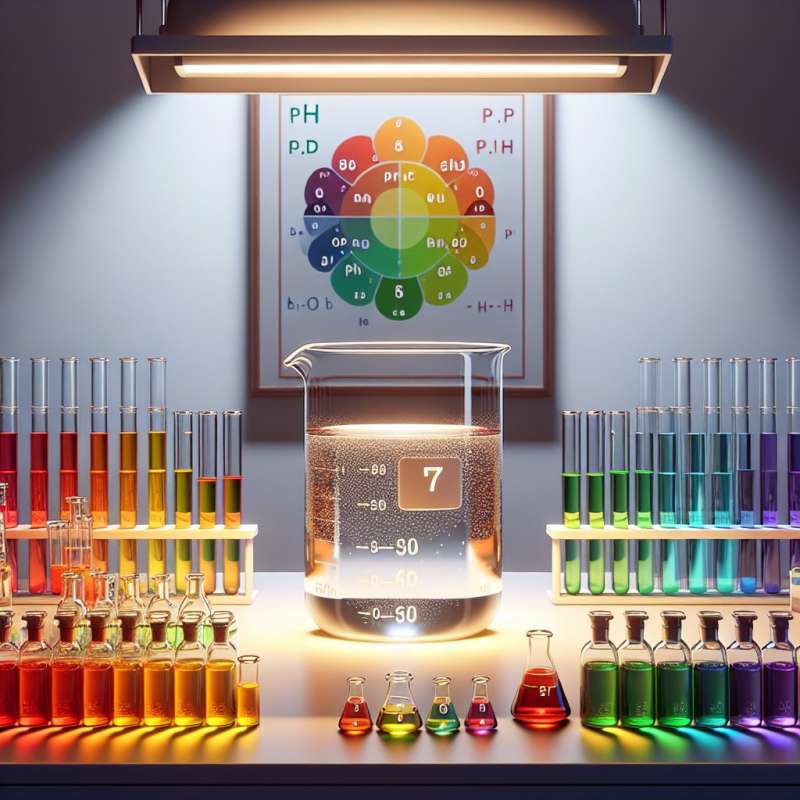
Understanding pH Scale
The pH scale, ranging from 0-14, quantifies acidity or basicity. A pH of 7 is neutral, like pure water. Values below 7 indicate acidity, while those above show alkalinity. Did you know pH stands for 'potential of Hydrogen'?
Acid-Base Conjugates
Acids and bases exist as conjugate pairs. When an acid donates a proton, it becomes its conjugate base. Surprisingly, water can act as both an acid and a base, making it amphoteric.
Neutralization Reactions
Neutralization is a reaction between an acid and a base, producing salt and water. However, the resulting solution may not always be neutral. The pH depends on the strengths of the reactants.
pH in Daily Life
pH plays a crucial role in our daily life. Human blood has a narrow pH range around 7.4. Small deviations can be fatal, exemplifying the importance of buffer solutions that stabilize pH.
Indicators and pH
Ever used litmus paper? Indicators like these change color based on pH. Red cabbage juice is a natural indicator, turning red in acidic solutions and greenish-yellow in basic ones. Chemistry in the kitchen!
Acid Rain Phenomenon
Acid rain, with a pH below 5.6, is caused by emissions of sulfur dioxide and nitrogen oxides. These acids can lower the pH of entire ecosystems, with devastating effects. Did you know some lakes have no fish because of this?
Strength vs. Concentration
Acid and base strength is different from concentration. Strong acids fully dissociate in water, while weak acids do not. A concentrated weak acid can still have a high pH. This subtle difference is crucial in acid-base chemistry.
What does 'pH' stand for?
Power of Hydrogen
Potential of Hydrogen
Purity of Hydrogen
Company